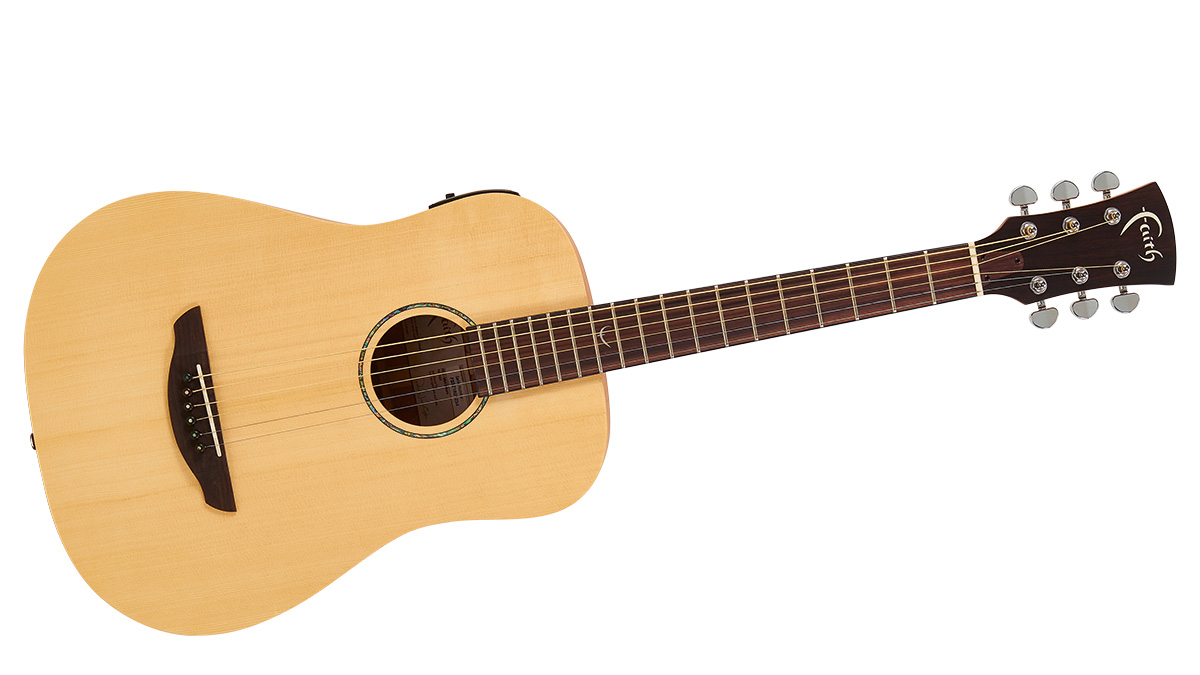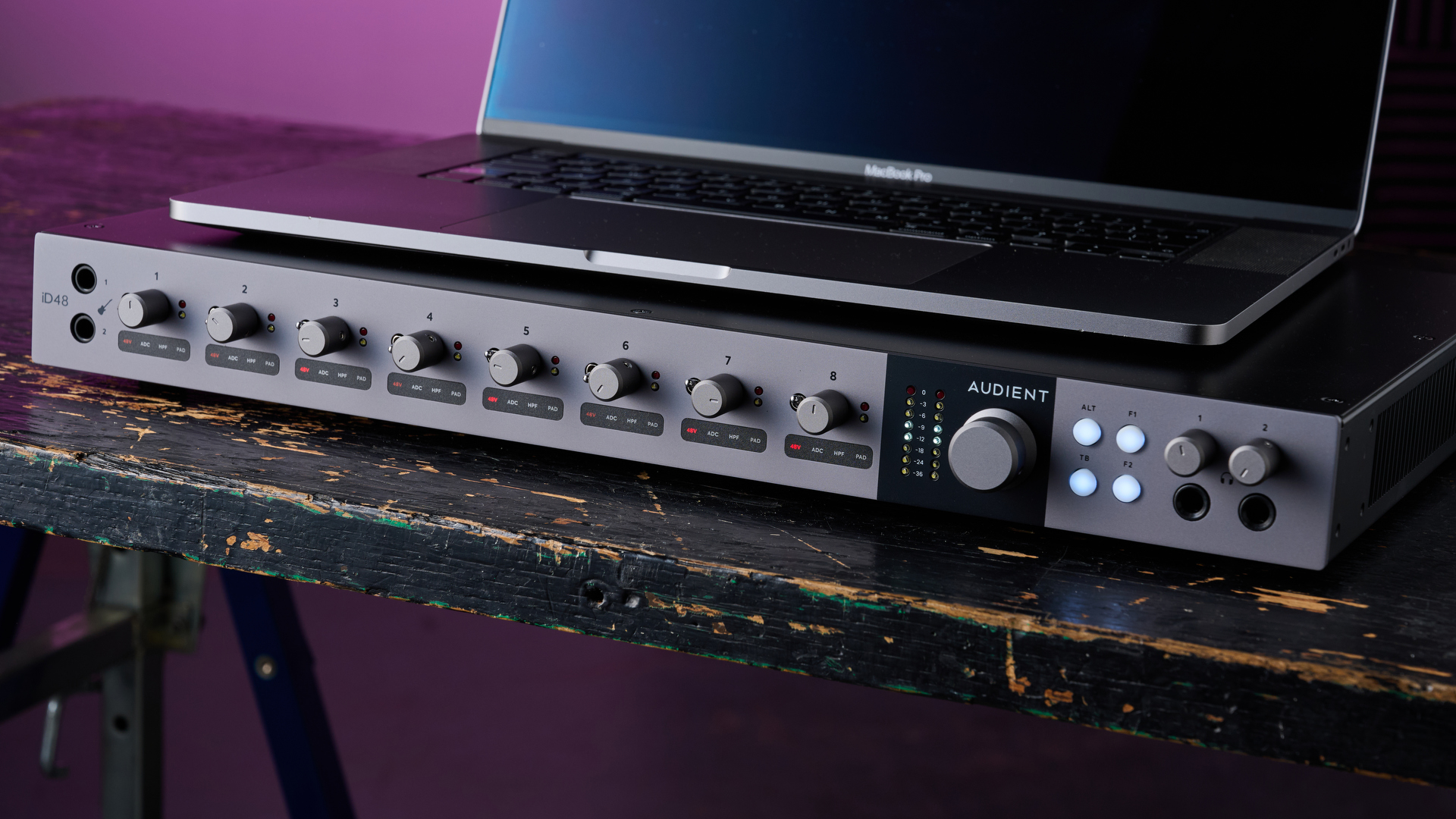MusicRadar Verdict
The Nomad Mini-Saturn is a very credible pint-sized package.
Pros
- +
Great for live and recording.
Cons
- -
Weak low end.
MusicRadar's got your back
The travel guitar market has exploded in recent years, and relatively late to the game, Faith introduced a pair of UK-designed and Indonesian-made mini-guitars this year - including this down-sized dread' Mini-Saturn that, on paper, looks like a take on Taylor's Baby.
Shape, satin finish and bare- bones no-binding construction aside, Faith's take is seemingly more upmarket. First, we have all-solid wood construction - spruce and mahogany for the body with a solid mahogany three-piece neck and standard bolt-on neck join.
Unlike the Taylor, both Faiths are 12-fret guitars - as in the neck joins the body at the 12th, not the 14th fret. While the Baby uses a 578mm (22.75-inch), the Nomad goes for a more Taylor GS Mini-like 590mm (23.2 inches) - effectively feeling like a standard guitar but capo'd at the second fret.
"This could really help layer and expand your sound in a duo."
Typically crisply made, the slinky natural satin finish is very thin and there's not a sanding mark in sight - internally, it's just as sharp. That top may look a little bland with just a simple, thin abalone band for soundhole decoration, but the quality spec continues with an ebony bridge and rosewood fingerboard, which features quite wide but relatively low frets and Graph Tech NuBone nut and compensated saddle. Smart.
Things feel a bit cramped initially but with a 42.5mm nut width (and 35mm string spacing) and bridge spacing of 54.5mm it's pretty close to the spacing on your bolt-on electric. The reduced-scale, tuned E to E, results in a slightly floppier feel and, yes, the low-end is hardly voluminous, but there's a strong mid-focus that'll ensure you're heard even over a bigger-sized guitar. As we've found with many mini guitars, they're great for ensemble playing or layering parts on your recordings.
Don't forget this is an electro, too. There's a neat side-mounted preamp that offers a highly visible tuner, three-band slider EQ, phase switch to dispatch feedback and even a low battery indicator: very stage-ready.
However, there are no 'flat' centre notches on the EQ, so we have to approximate a midway position that, plugged in, gives a more middy version of our acoustic voice. String response is balanced and dipping the mid slider - a lot - we get closer to a 'standard' electro sound. With a little additional outboard EQ and some compression, it begins to chase a full-sized sound.
Its size might suggest 'travel', but we'd suggest something with a lot more legs to it: a songwriting, recording and performing partner that could happily sit alongside your full-sized guitars or, in a duo or band, really help layer and expand your sound.
Dave Burrluck is one of the world’s most experienced guitar journalists, who started writing back in the '80s for International Musician and Recording World, co-founded The Guitar Magazine and has been the Gear Reviews Editor of Guitarist magazine for the past two decades. Along the way, Dave has been the sole author of The PRS Guitar Book and The Player's Guide to Guitar Maintenance as well as contributing to numerous other books on the electric guitar. Dave is an active gigging and recording musician and still finds time to make, repair and mod guitars, not least for Guitarist’s The Mod Squad.
Fantastic (free) plugins and how to use them: Full Bucket FB-3300
“It has the ingenious ability to give you easy routing to external hardware with no re-patching”: Audient iD48 review
“If this was real, it would be really impressive. But since it’s not real, it’s really impressive": Watch the bonkers four-note piano











